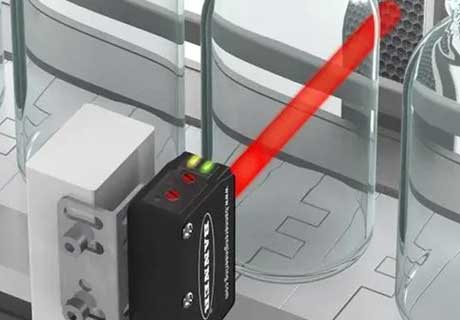What is the Input Voltage of a Photoelectric Sensor?
Key Takeaway
Photoelectric sensors usually operate within a voltage range of 10 to 30 VDC, though some models designed for industrial environments may accommodate higher voltages up to 250 VAC for enhanced robustness.
Overview of Electrical Specifications for Sensors
Understanding the input voltage requirements of photoelectric sensors is crucial for ensuring they operate efficiently and safely within your industrial automation system. Here’s a detailed look at what you need to know about powering these essential devices.
Photoelectric sensors are designed to convert light into electrical signals that can be used to automate processes and make decisions within a control system. The input voltage, which powers the sensor, is a critical specification that varies depending on the design and intended use of the sensor. It’s essential to match the sensor’s voltage requirements with your system’s power supply to ensure reliable operation and prevent equipment damage.

Typical Input Voltage Ranges
The input voltage for photoelectric sensors can vary widely based on the manufacturer and the specific application. Typically, these sensors operate within a range of 10 to 30 volts DC, which suits most low-voltage industrial applications. However, certain models are equipped to handle up to 240 volts AC, particularly in environments where higher voltages are necessary for long-distance transmission or heavy machinery integration.
Impact of Input Voltage on Sensor Performance
Proper input voltage is key to sensor performance. If a sensor receives less voltage than required, it may fail to operate correctly, leading to missed detections or false readings. Conversely, supplying a sensor with too much voltage can cause overheating and irreversible damage, potentially leading to costly downtime and repairs. Ensuring that the voltage matches the specifications not only optimizes performance but also extends the life of the sensor.
Voltage Considerations for Safe Installation
When installing photoelectric sensors, it’s crucial to consider safety implications related to voltage. High-voltage environments require sensors with appropriate insulation and safety features to prevent accidents. It’s also important to follow stringent installation protocols to avoid electrical hazards, particularly in moist or explosive atmospheres where improper voltage handling could be disastrous.
Troubleshooting Voltage Issues in Sensors
If a photoelectric sensor is experiencing operational issues, incorrect voltage supply is a common culprit. To troubleshoot, first verify that the voltage at the sensor’s input matches the specifications. Use a multimeter to check for stable voltage levels, particularly in systems where voltage might fluctuate. Regular maintenance checks to ensure all connections are secure can prevent voltage drop-offs that lead to sensor errors.
Conclusion
The right input voltage is fundamental to the successful integration and performance of photoelectric sensors in any industrial setting. By understanding the voltage requirements and ensuring compliance with these specifications, you can achieve reliable sensor operation and enhance the overall efficiency of your automation systems. Always consider the electrical characteristics of your environment and choose sensors that can handle the required power levels safely and effectively. With the correct voltage management, your photoelectric sensors will serve as dependable components of your industrial processes, maximizing productivity and safety.
